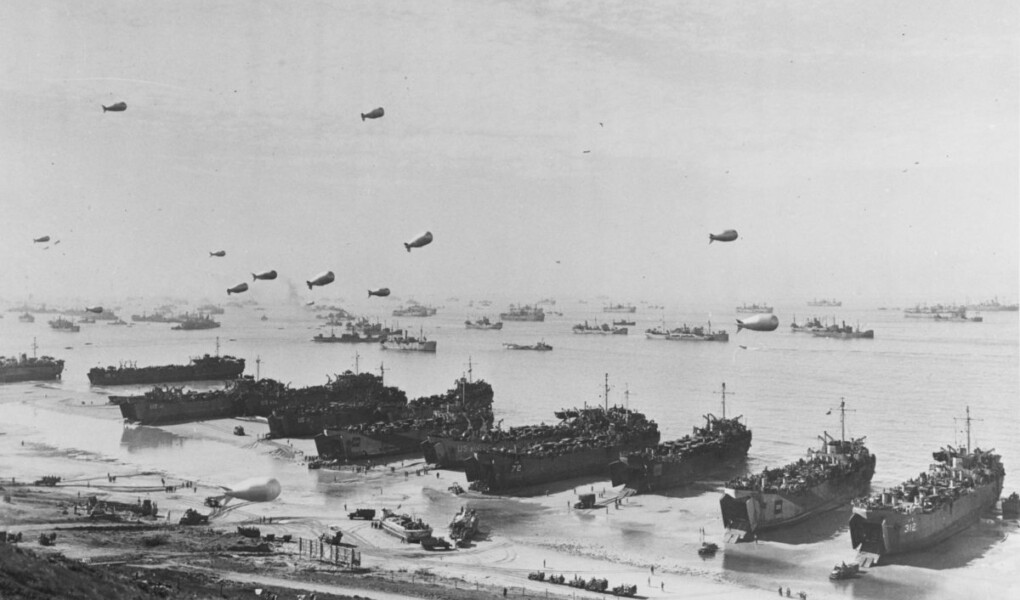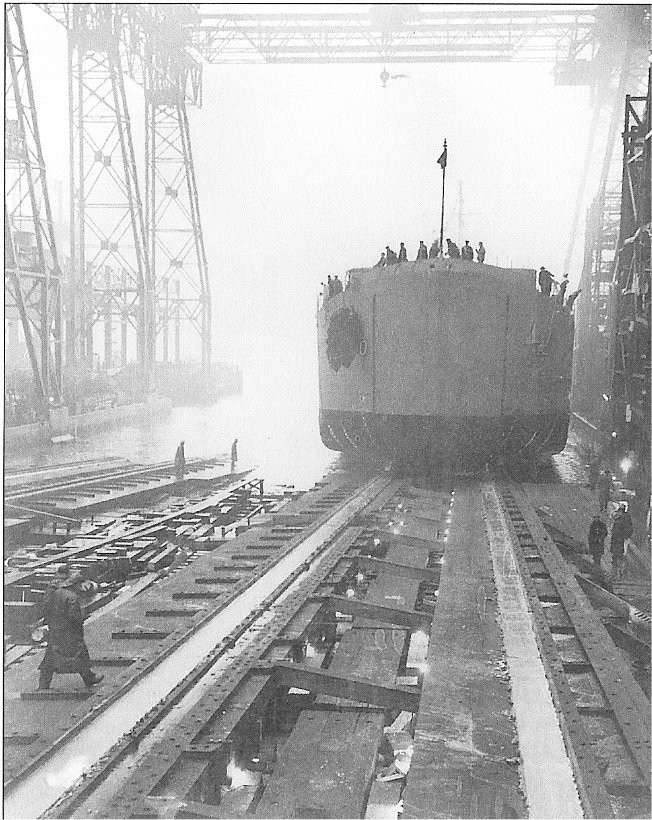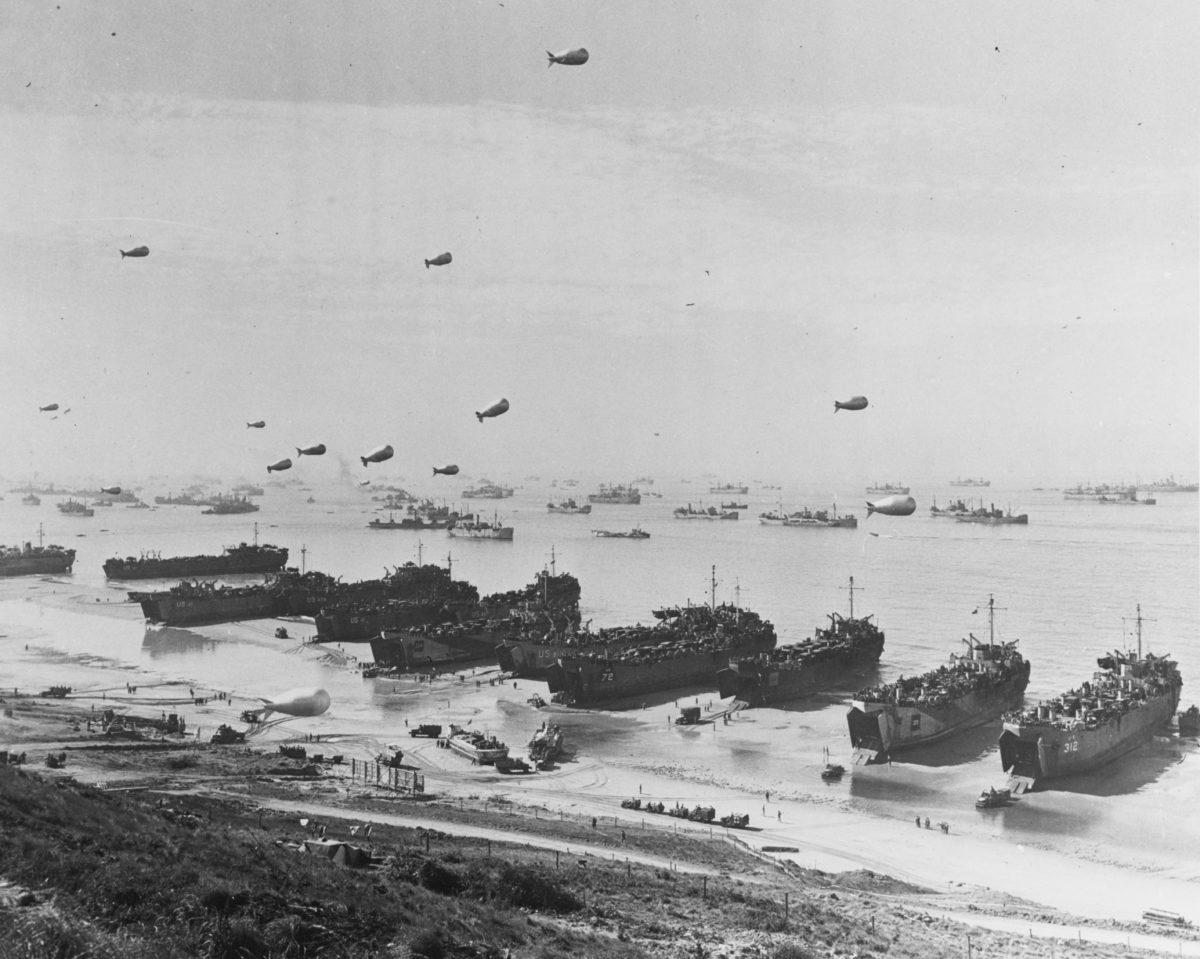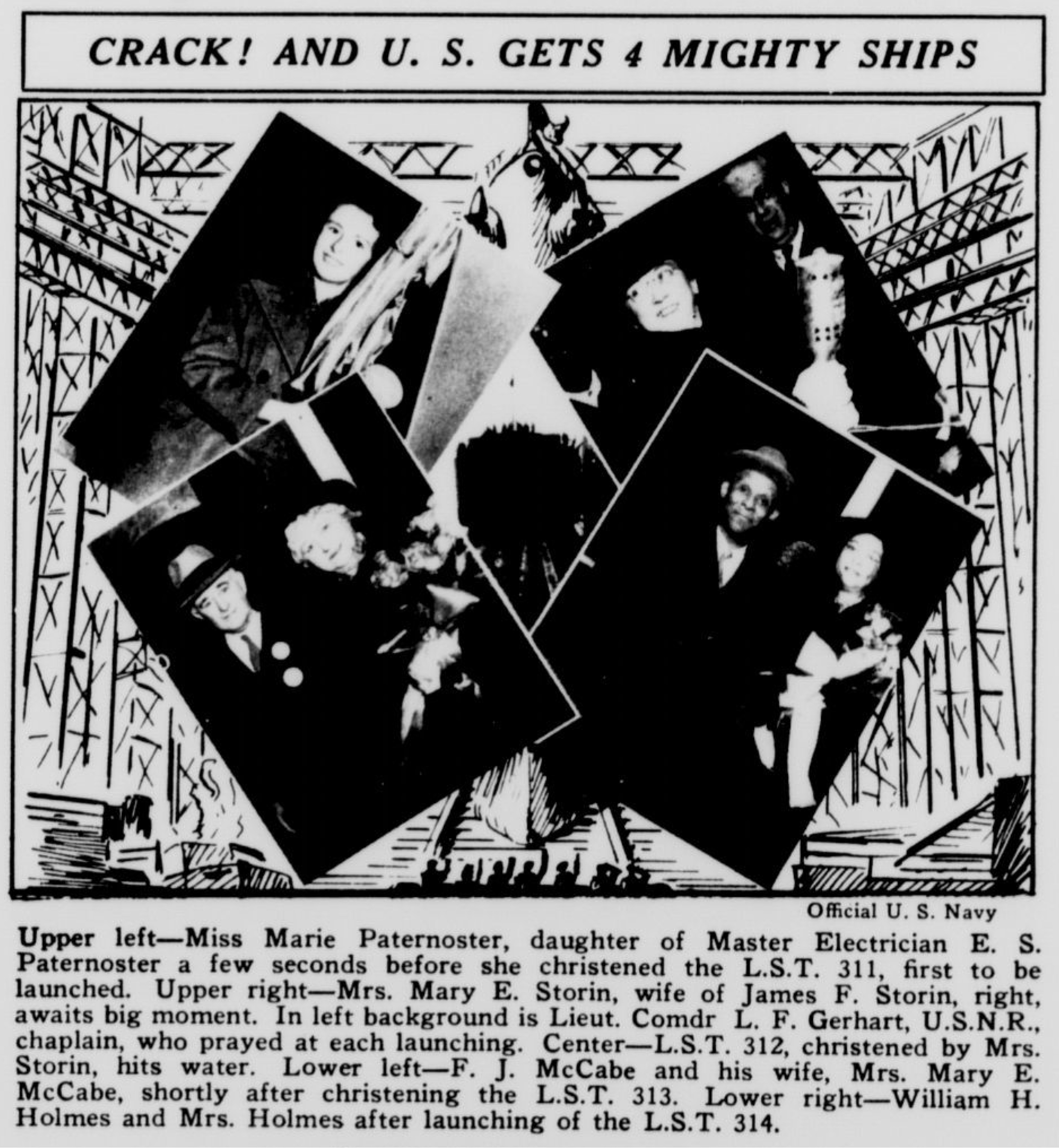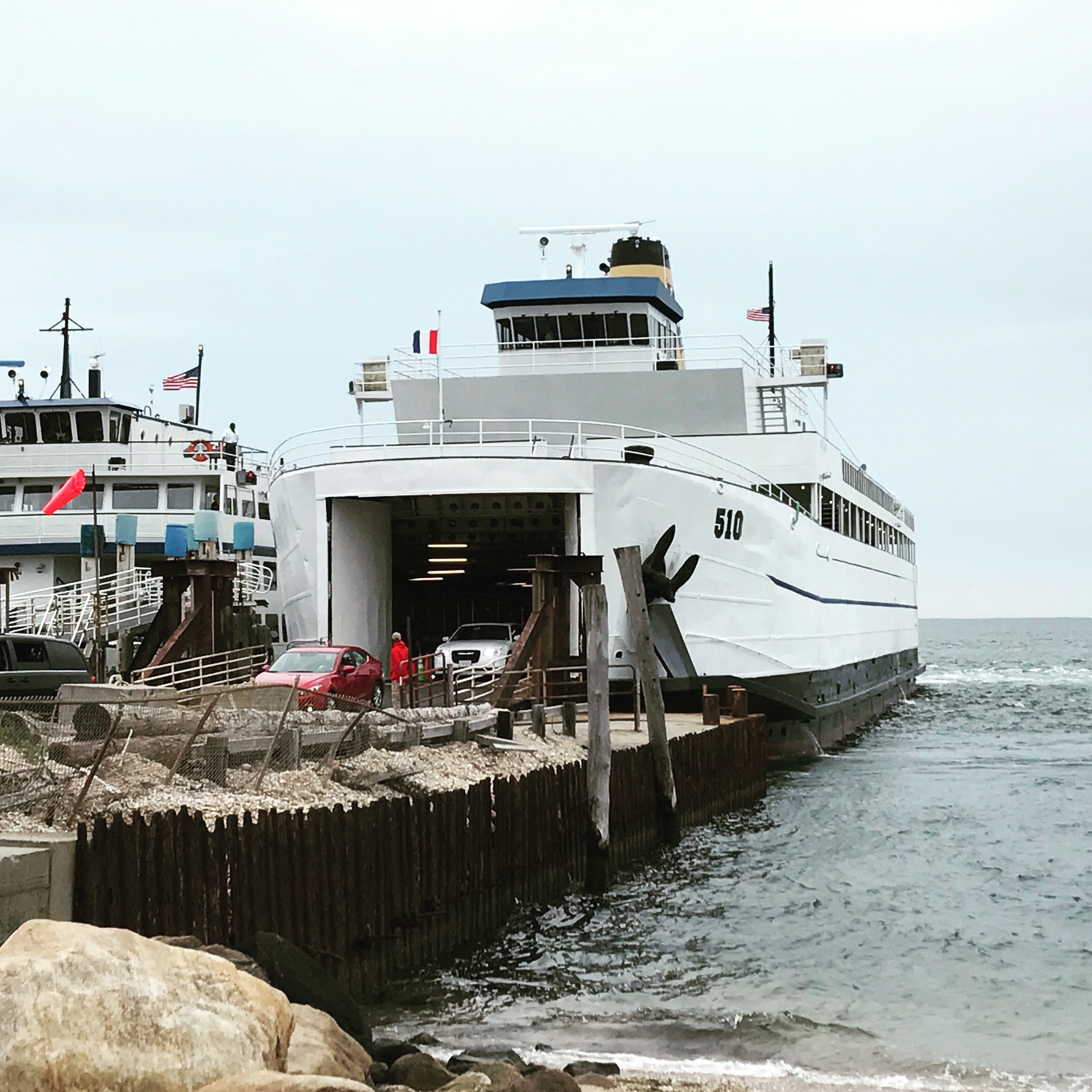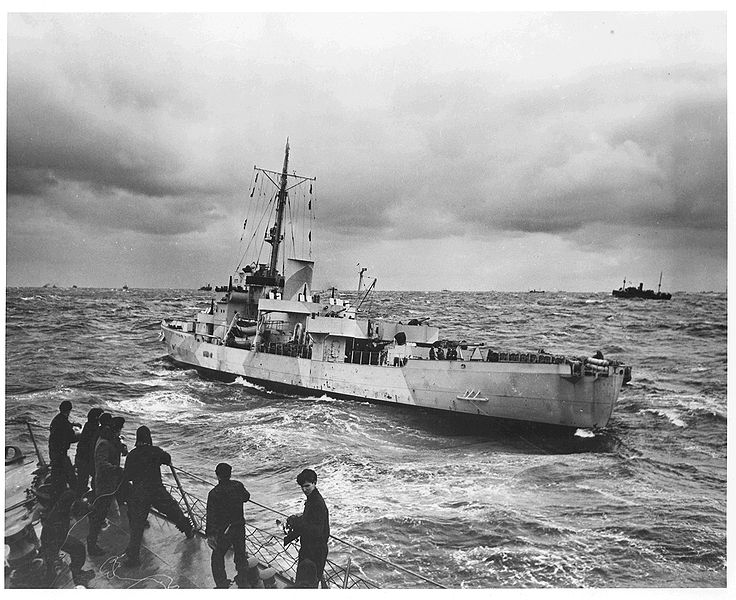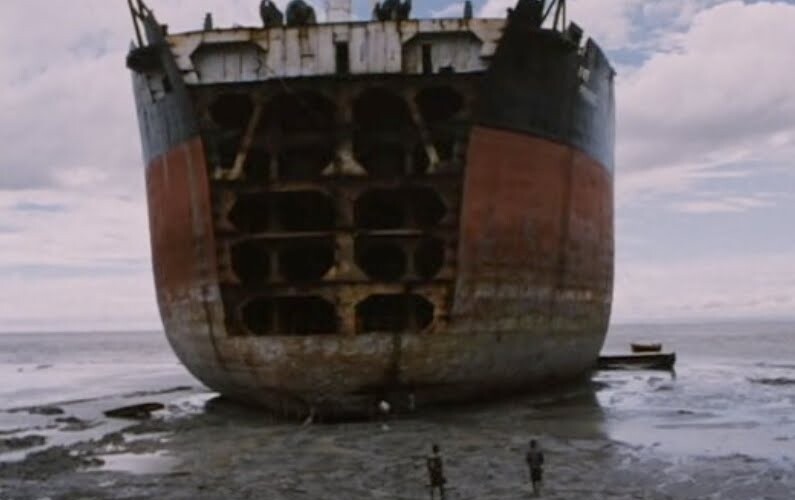Around the world today, people are commemorating the anniversary of D-Day, the largest amphibious invasion in history. The landings finally cracked open “Fortress Europe” and marked the beginning of the end of the war with Germany. World leaders, including President Obama, gathered in Normandy today, joined by veterans of the pivotal battle, who’s numbers are shrinking dramatically with each passing anniversary.
We remember and honor the heroism of the soldiers who waded through the surf or dropped in by parachute, pouring 150,000 Allied personnel into France in just the first day, and establishing a vital toehold on the continent that would allow in millions more. But D-Day was not just a triumph of courage or valor or military strategy – it was a triumph of industrial might and human labor, bringing the full force of the Allies’ factories, farms, and shipyards onto a narrow stretch of beach. It’s important to remember, as the saying goes, the men (and women) behind the man behind the gun, and in this case, we remember the shipbuilders of Brooklyn.
We mark the event at the Brooklyn Navy Yard on the first Sunday of June, with our special World War II tour of the yard, and the Yard does have a direct connection to Normandy, as several vessels used in the assault were built there. During the course of the war, the yard built eight LSTs, or Landing Ship Tank, used to both deliver large armored vehicles to beaches and launch smaller landing craft for vehicles and personnel.
All eight of the LSTs (hull numbers 311 through 318) participated in the Italian campaigns in 1943, landing troops at Sicily and Salerno; all but two would continue their duties at Normandy (LSTs 313 and 318 were sunk in Italy). In the photo below, taken on D-Day +1 (June 7) on Omaha Beach, LST-312 can be seen at the far right, while 311 is seventh from the right, offloading vehicles. LST-312, we know, was making its second journey to Normandy, as it had delivered British equipment and personnel to Gold Beach a day earlier (if you want to learn more about this ship, David Finlayson, the nephew of a Navy sailor who served on the ship, has a great Facebook page dedicated to its history).
As was noted in the Brooklyn Navy Yard’s weekly newspaper, The Shipworker, these were special vessels for the workers of the yard, because the honor of naming the ship’s sponsors – usually extended to public officials, top naval brass, or their families – was given to civilian employees of the yard who had the longest tenure, and each of them chose to name their own family members as the ship’s official sponsors. The ships were launched with little fanfare compared to that given to the battleships and aircraft carriers, but it was a special occasion for these families. The sponsors were as follows:
- LST-311: Marie Paternoster, daughter of master electrician E.S. Paternoster
- LST-312: Mary Storin, wife of J.F. Storin, Shop Superintendent’s Office
- LST-313: Mary Elizabeth McCabe, wife of F.J. McCabe, Joiner & Shipwrights Shop
- LST-314: Gertrude F. Holmes, wife of William H. Holmes, Supply Department *
- LST-315: Helen Clair Leuteritz, daughter of Herman A. Leuteritz, Machine Shop
- LST-316: Pearl M. Frick, wife of C. Grant Frick, accountant
- LST-317: Florence C. Whitehouse, daughter-in-law of Frederick C. Whitehouse, Supply Division
- LST-318: Emma V. Umstead, daughter of Joseph F. Flynn, Ordnance Machine Shop
Now, with nearly 6,000 vessels involved in the invasion, it’s likely that most of the shipyards on both coasts of the Atlantic have some connection to the D-Day landings, and our six humble ships were but a small part of the vast armada. But considering that the Brooklyn Navy Yard was the world’s busiest shipyard during the war, and more than 5,000 vessels passed through the cozy confines of Wallabout Bay for repairs, there were surely a few more ships with Brooklyn connections off the coast of France on June 6, 1944.
While our six D-Day landing ships are no longer plying the waves – though all six are etched into the US Navy monument at Utah Beach in Normandy – there are actually a couple of LSTs still afloat. In Evansville, Indiana, LST-325 has been transformed into a floating museum dedicated to these amphibious warfare ships and the men who sailed them, as has LST-393 in Muskegon, Michigan. And if you’ve ever taken the ferry between New London, Connecticut and Long Island’s Orient Point, you too have ridden aboard an LST, though it’s now carrying cars instead of tanks; rechristened the Cape Henlopen, in its former life it was LST-510, and it too earned a battle star at Normandy.
* As far as we know, Gertrude Holmes was the first African-American to sponsor a ship built at the Brooklyn Navy Yard.

